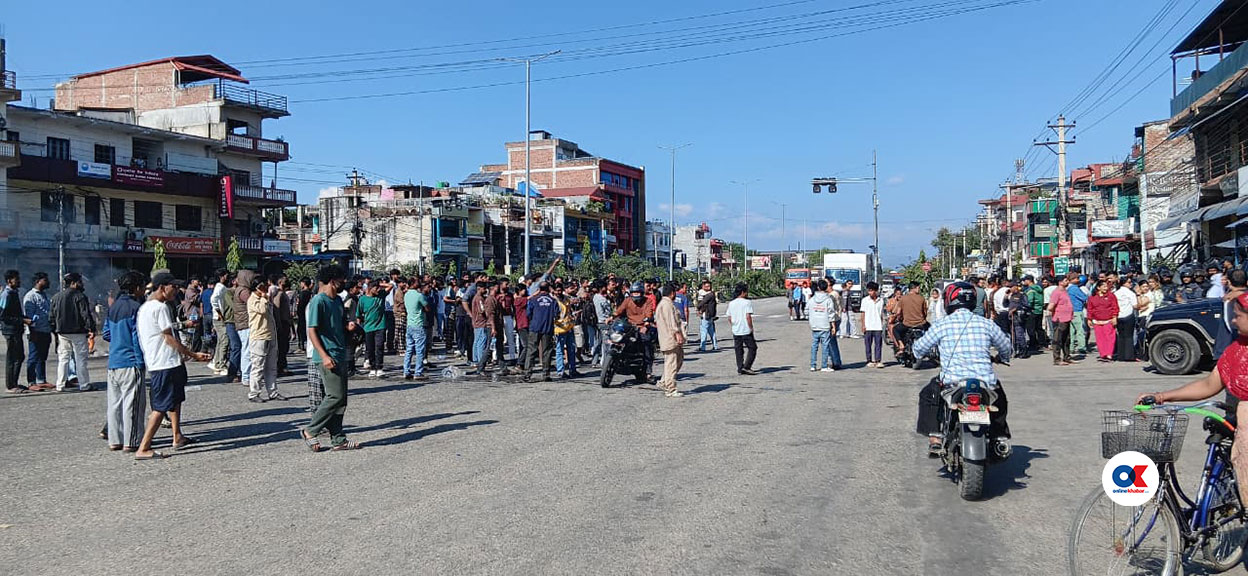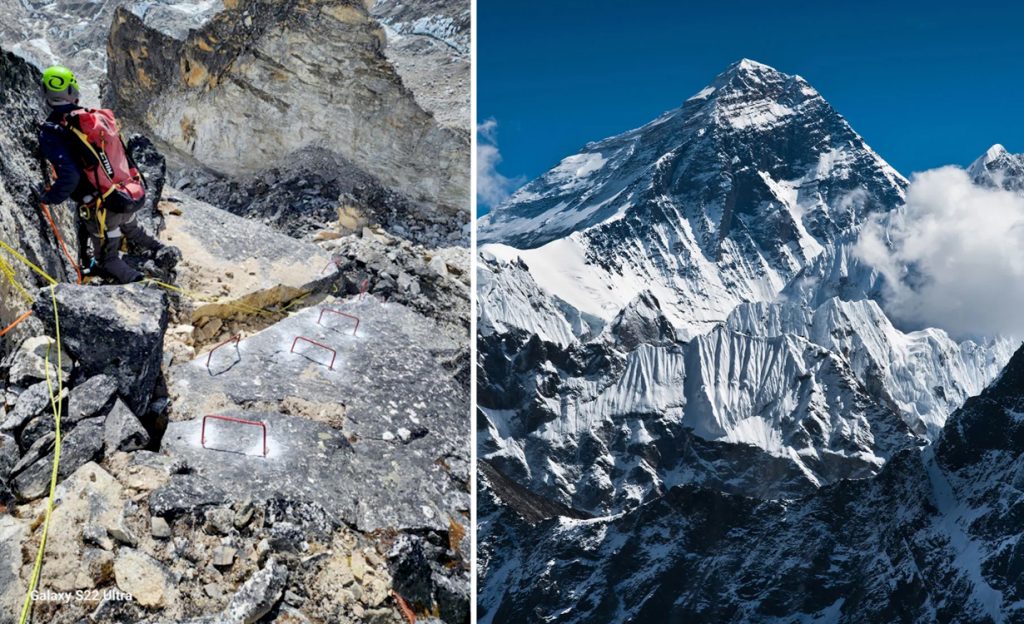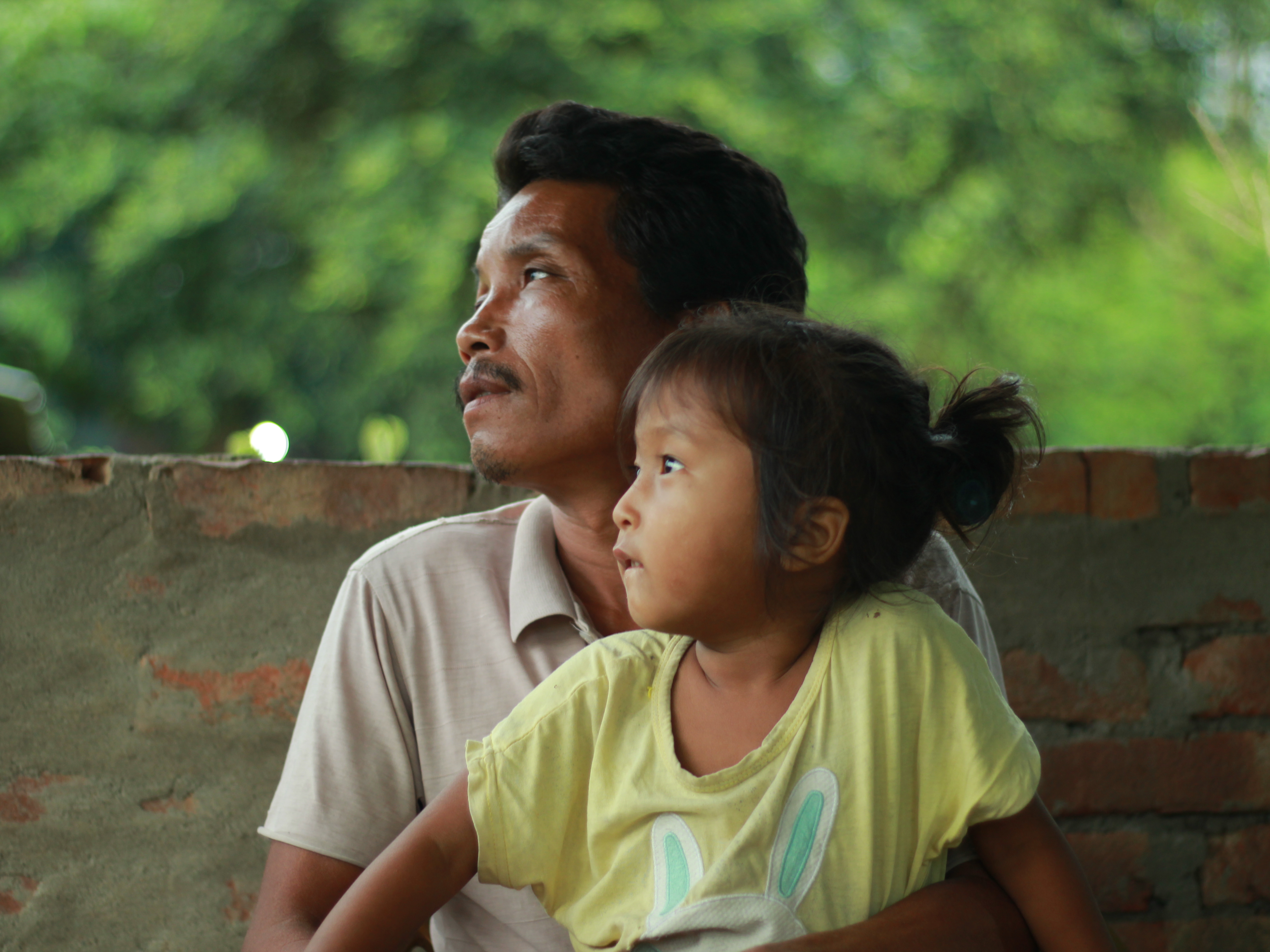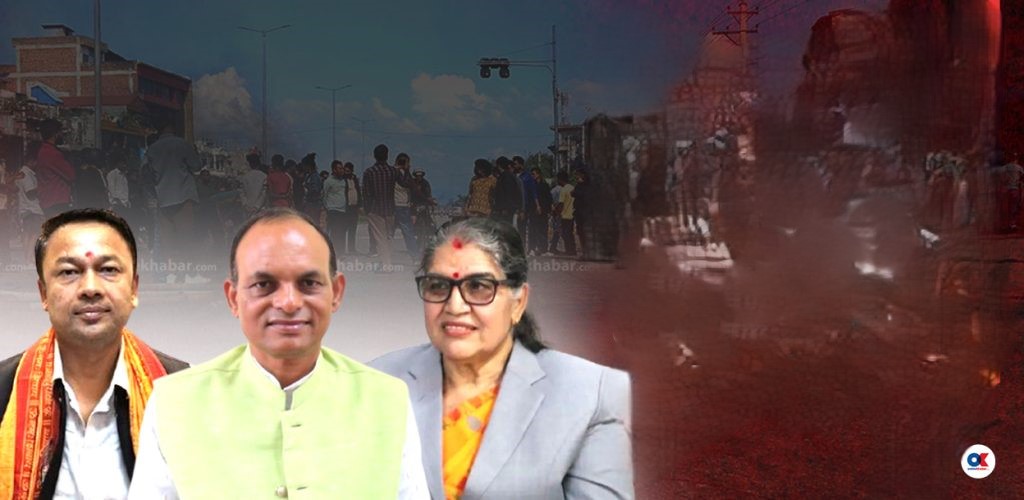
In the peaceful hills of Syangja District, Ward 2, Galang, Pabina Bhandari, 25, dreamed of one day teaching in her village. Following her +2 exam, she started working at a local private school and was making Rs 15,000 a month.
But the paltry salary was not enough to pull her family out of economic distress. She flew to Dubai on 14 October 2022 beginning as a waiter and cashier with a monthly salary of Rs 50,000. Today, she is a sales officer making upwards of Rs 100,000 a month. Pabina says. “Dubai is so much better, and I don’t have any regrets. In fact, I’m looking forward to jobs in Europe and I have begun applying.”
Surkhet’s Chaukune-7 resident, Gopi Krishna Jaisi, 35, works as a concrete lab technician in Saudi Arabia. “I didn’t see any future in the country, so I went abroad. Fourteen of us came together at that time. Today I earn more than 1,700 riyals,” he says. Jaisi had once hoped to start a small business in Nepal, but the lack of supportive policies discouraged him. “Until I am physically fit, I will keep working here. I have no plan to return to Nepal until then,” he adds.
In Rupandehi’s Siddharthanagar-3, 20-year-old Melisha Rana Bhat recently left for Australia to pursue a bachelor’s degree in community services. “I wanted to study in Nepal, but news of corruption and nepotism everywhere pushed me to leave,” she explains. She now plans to complete her master’s and eventually settle abroad with her family.
Such narratives echo across Nepal, where thousands of youths migrate daily for employment or education. Nepal’s youthful population 42.5% aged 16–40 in 2021, up from 40.3% in 2011 represents a demographic dividend.
With 65.3% of the population in the working-age bracket (15–64), Nepal has a window of opportunity to accelerate growth. But limited job creation, poor education quality, and mass migration threaten to turn this dividend into a demographic burden.
The demographic dividend occurs when a country’s working-age population outnumbers its dependents, reducing the dependency ratio from 74.4% in 2011 to 61.3% in 2021. Countries like South Korea leveraged this period to industrialise rapidly, raising per capita income tenfold between 1960 and 1990 (UNFPA, 2016). Nepal’s own window, demographers say, began in 1989 and may last until 2084. “If we fail to act now, it will be a great loss,” warns population expert Shree Bahadur Rayamajhi.
Economist Nabin Panth, PhD, points to the risks of over-dependence on remittances, which made up 24% of GDP in 2021. “Without investment in industries, tourism, and long-term sectors, Nepal’s economy will stagnate. Moreover, as technology advances, overseas jobs may vanish, leaving migrants vulnerable,” he cautions.
Nepal’s cultural traditions, though rich, can also act as barriers. Sociologist Sita Bhattarai argues, “Without social transformation to adapt to demographic shifts, Nepal will miss opportunities in education, family planning, and workforce integration. The result will be unemployment, social unrest, and intergenerational conflict.”
Statistics paint a stark picture. In 2024/25, more than 800,000 Nepalis sought foreign employment, up from 741,297 the previous year (Department of Foreign Employment, 2025). Around two million work in the Gulf and three million in India.
Student migration is also accelerating: 112,593 students received No Objection Certificates for overseas study in 2023/24, compared to just 28,126 a decade earlier. Japan, Canada, Australia, the UK, and the US remain top destinations, with record visa issuances.
Comparisons with other nations underscore the urgency. South Korea and Singapore invested heavily in education and industry, transforming their economies within decades. In contrast, Nigeria’s failure to capitalise on its demographic window led to unemployment and unrest.
Nepal’s dependency ratio now stands at 53.69%. But with 839,266 workers and over 54,000 students leaving annually, the benefits of its youth bulge are draining abroad. To avoid a wasted opportunity, experts stress that Nepal must expand quality education, vocational training, and job creation, while fostering cultural and social reforms.
With only about three decades left until 2054, Nepal’s demographic dividend could either fuel sustainable growth or slip away as a missed opportunity.

















